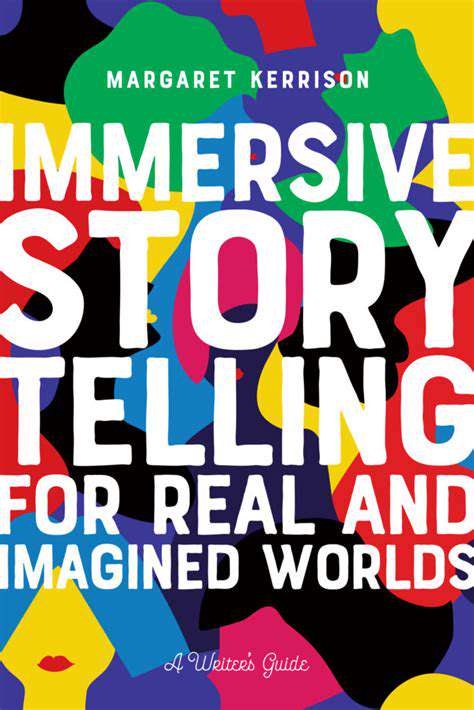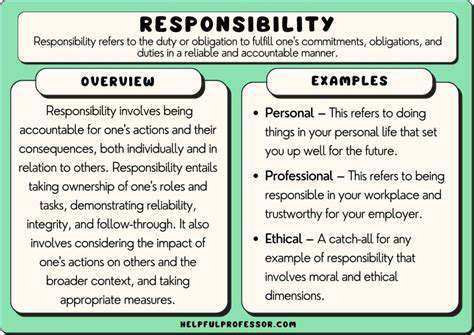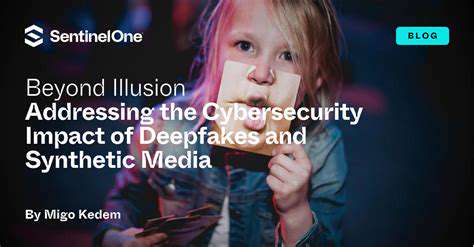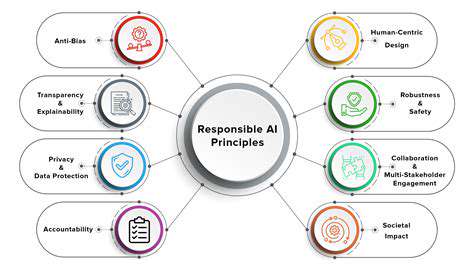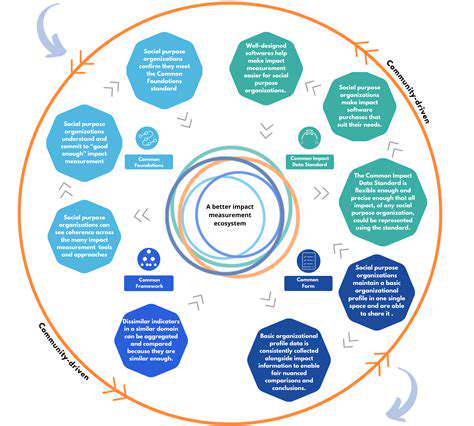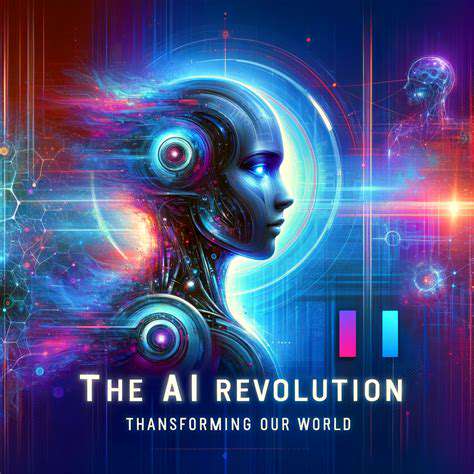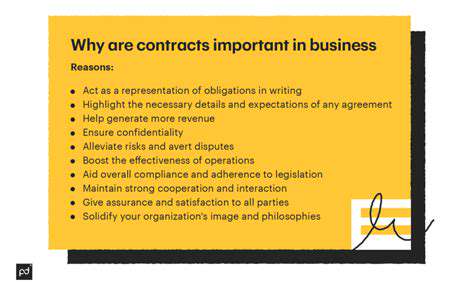The Future of Visual Effects with AI Integration
Human-Centric Design in VFX
The future of VFX isn't about machines completely replacing human artists, but rather about augmenting their skills and capabilities. Human-centric design in this field will prioritize workflows that leverage machine learning and AI to streamline tedious tasks, allowing artists to focus on the creative aspects of visual effects. This includes automating repetitive processes like rotoscoping, cleanup, and basic compositing, freeing up time for more complex and nuanced work.
Imagine a world where the initial groundwork for a scene's visual effects is laid by AI, automating the mundane tasks, and then the human artist steps in to refine and bring that groundwork to life. This collaboration will result in a faster turnaround time, increased efficiency, and ultimately, the creation of more visually stunning and intricate scenes.
Enhanced Creativity Through AI-Powered Tools
AI-powered tools will become invaluable assistants to VFX artists, providing them with novel creative possibilities. These tools will go beyond simply automating tasks; they will offer suggestions, generate alternative solutions, and even predict potential outcomes based on the artist's input.
Visual effects artists will be able to experiment with different visual styles and effects with unprecedented ease. Imagine being able to quickly prototype various lighting configurations, camera angles, or even character designs within the VFX pipeline, all with the aid of AI. This enhanced creative freedom will lead to a wider range of artistic expressions in visual effects.
Revolutionizing the Animation Process
The animation process will undergo a significant transformation. AI algorithms will assist in creating intricate character movements, facial expressions, and even entire sequences, automating aspects of animation that previously required significant manual effort.
This automation will not diminish the role of the animator; instead, it will allow animators to focus on the nuances of character emotion, personality, and narrative. The result will be more compelling and believable animation, pushing the boundaries of what's possible in the realm of visual storytelling.
Improved Efficiency and Reduced Costs
One of the most significant advantages of this collaboration between humans and machines in VFX is the potential for improved efficiency and reduced costs. Automating repetitive tasks frees up artists to work on more complex and demanding projects, leading to a faster turnaround time and reduced production costs.
As AI takes on more of the preliminary tasks, the overall production cost can be lowered while maintaining, or even improving, the quality of the visual effects. This will have a ripple effect, making VFX accessible to a wider range of productions and enhancing the overall industry.
The Rise of Data-Driven VFX
Data will play a more crucial role in the VFX pipeline. AI algorithms will analyze massive datasets of visual effects data, allowing for more predictive modeling and optimization of workflows. This data-driven approach will lead to more efficient and effective visual effects design and implementation.
This approach will also allow for more sophisticated analysis of audience responses to different visual effects styles. The data gathered can be used to refine and optimize future projects, leading to a more targeted and impactful visual experience for viewers.
Addressing Ethical Considerations
The integration of AI in VFX raises important ethical considerations that need careful attention. Ensuring transparency and accountability in the creative process is critical. It is essential that the role of human artists is not diminished, but rather enhanced and redefined in this new collaborative landscape.
The creative process of visual effects must remain human-centered. While AI tools can automate various tasks, the core of visual storytelling remains dependent on human creativity, empathy, and artistic vision. Addressing these ethical considerations proactively will be essential for the responsible and beneficial integration of AI into the VFX industry.
Read more about The Future of Visual Effects with AI Integration
Hot Recommendations
- Immersive Culinary Arts: Exploring Digital Flavors
- The Business of Fan Funded Projects in Entertainment
- Real Time AI Powered Dialogue Generation in Games
- Legal Challenges in User Generated Content Disclaimers
- Fan Fiction to Screenplays: User Driven Adaptation
- The Evolution of User Driven Media into Global Entertainment
- The Ethics of AI in Copyright Protection
- Building Immersive Narratives for Corporate Training
- The Impact of AI on Music Discovery Platforms
- AI for Audience Analytics and Personalized Content
